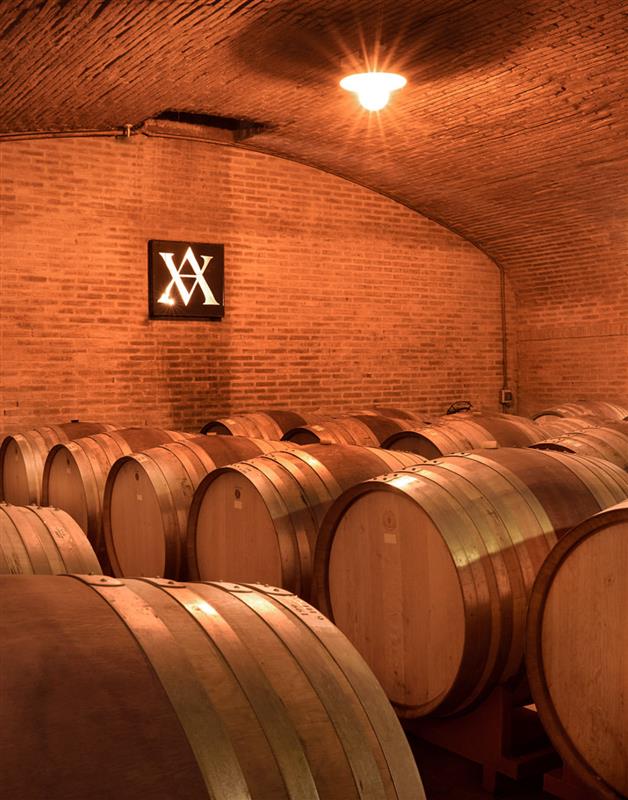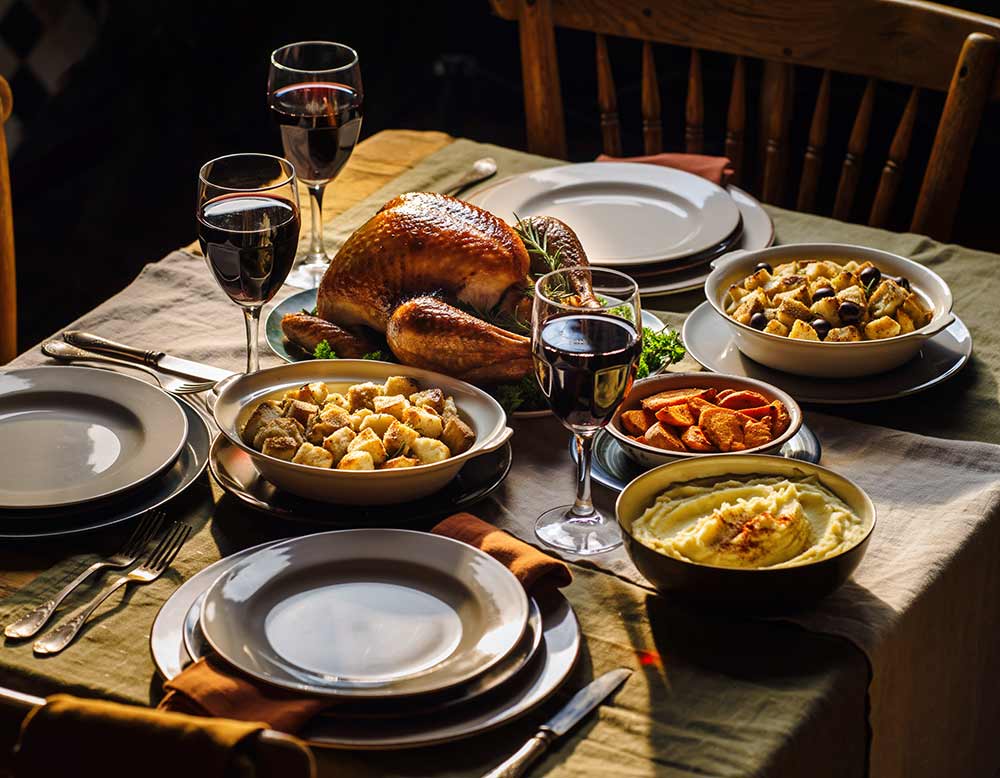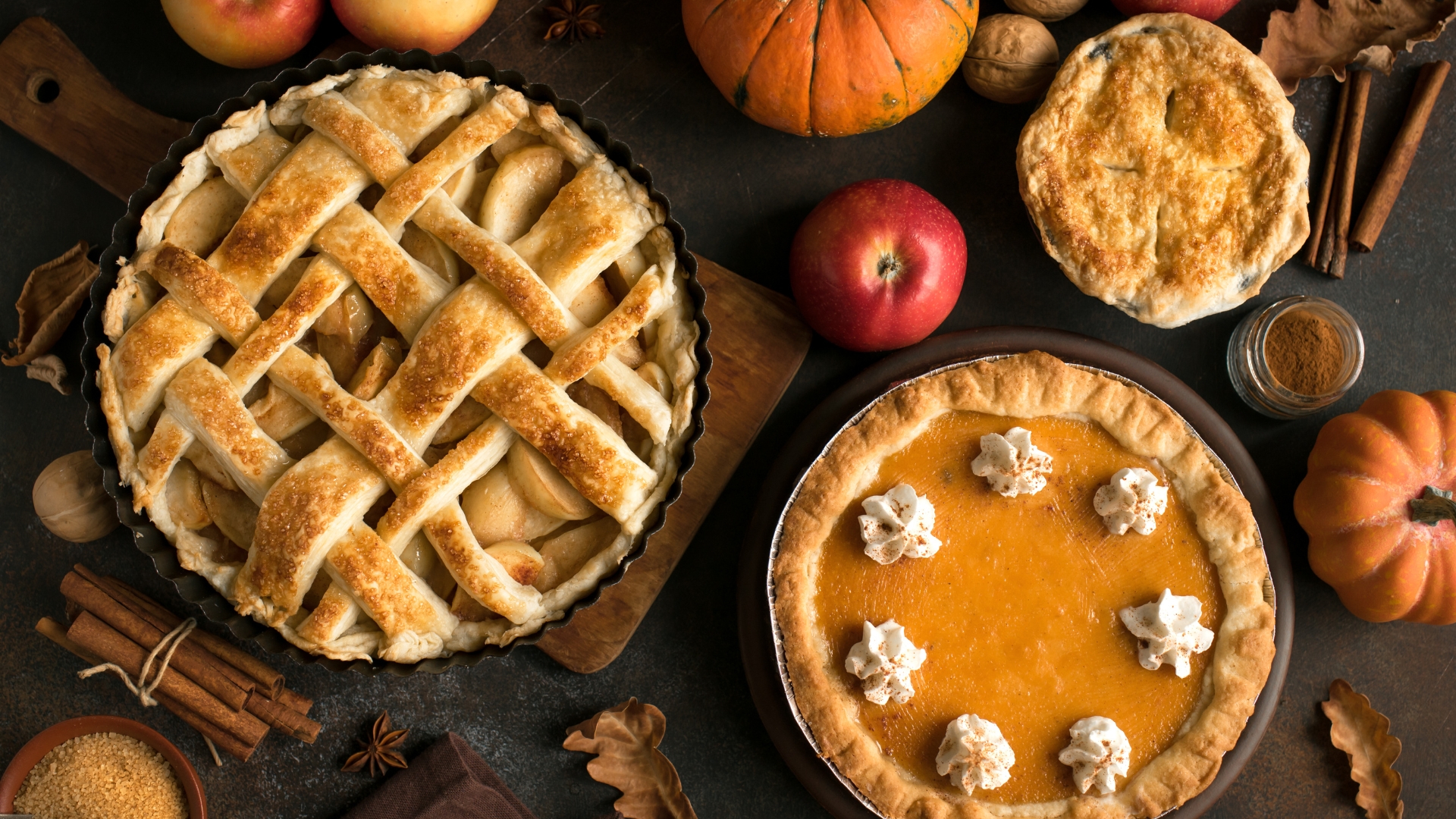Have you ever wondered what it means when it says a wine is “oaked”? During the winemaking process, the winemaker decides whether to make a wine oaked or not. After alcoholic fermentation is complete, the wine at this stage showcases its primary aromas, which are typically fruit-driven. The winemaker can choose to preserve this fresh, pure profile, as is common with wines like Pinot Grigio, or to develop secondary aromas by aging the wine in oak.
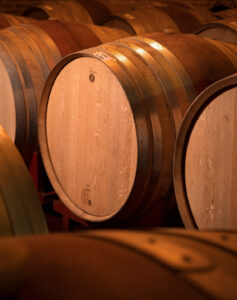
When wine is matured in oak barrels, it is done for several reasons. The most obvious is to impart oak-derived flavors such as vanilla, cedar, coconut, toast, or baking spices. The origin of the oak also plays an important role in shaping the final flavor, with French oak being one of the most commonly used because of its subtle and elegant influence.
The condition of the barrels matters as well. New oak barrels, meaning those being used for the first time, impart the most pronounced flavors, while older barrels contribute increasingly subtle notes with each use. Some winemakers choose a more cost-effective approach by adding oak chips or staves, which mimic the flavor influence of barrel aging without the same expense.
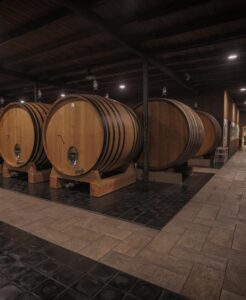
Beyond flavor, oak aging also affects texture and structure. Because oak barrels are not completely airtight, a small amount of oxygen interacts with the wine during maturation. This gentle exposure helps soften tannins and enhance complexity, resulting in a smoother, more balanced wine.
READ MORE:
Halloween Movie Night Wine Pairings for a Cozy Night In – Wine 365
5 Wines That Taste Like Fall in a Glass – Wine 365
Perfect Wine Pairings for Your Halloween Candy Stash – Wine 365
